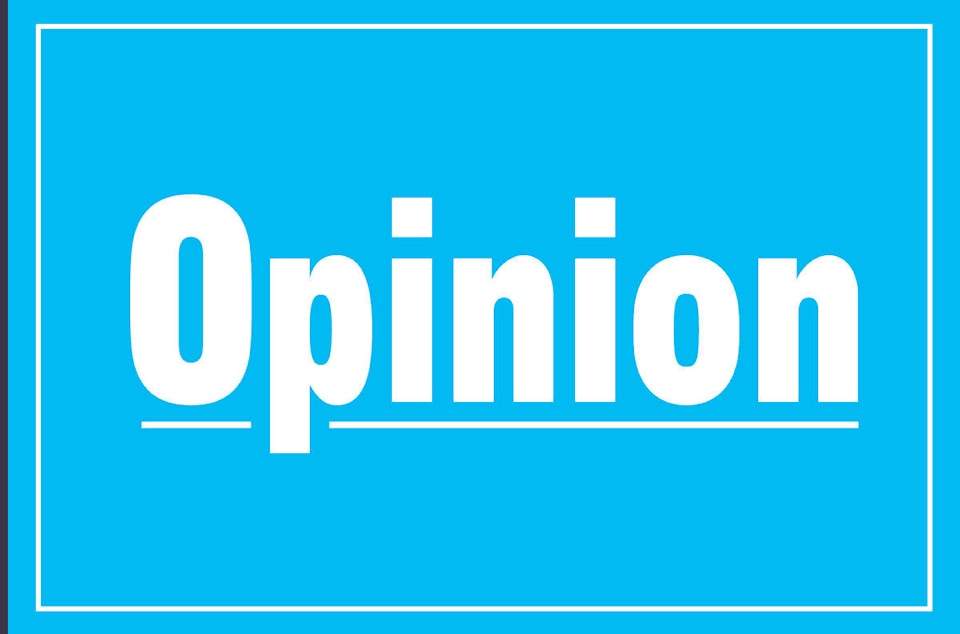Remember all those generous election promises the Liberals sprinkled around for voters of every kind just a couple of months ago?
Best forget all that now.
Monday’s fiscal update shows in black and white that the federal government can’t deliver on everything it promised, and will have to delay, water down or just not deliver some of the many things the campaigning Liberals said they would.
Only one election promise is accounted for in the government’s update on the state of its finances: the income-tax cut that will cost about $6 billion a year when it’s fully implemented in 2023-24.
That leaves $39.5 billion in promises made during the campaign that have not yet been budgeted for — promises like enhancing the Canada Child Benefit for new parents, pumping more money into health care and kick-starting pharmacare, increasing Old Age Security benefits for people over 75, and retrofitting homes.
Those are just the most expensive items left behind on the federal Liberals’ long list of promises, waiting for a spending line in budgets to come. Implementing those promises on the time line that Justin Trudeau campaigned on would quickly mean the Liberals would be knocked off track on their debt commitment.
Finance Minister Bill Morneau highlighted that commitment at his update when he promised to stick with the practice of ensuring that the federal debt burden (debt-to-GDP ratio) remains on a steady, downward track.
Since deficits year after year add up to a mounting debt, a declining debt burden means Ottawa’s deficits can’t be allowed to balloon any faster than the economy is growing.
It’s a way to make sure deficits remain reasonable. But it’s a formula for frustration.
Last year, the debt was $686 billion, or 30.8 per cent of GDP. That ratio actually rose a bit this year to 31 per cent, where it’s expected to stay before ever-so-slowly edging down.
And this year’s deficit is now expected to be $26.6 billion, almost double the $14 billion the government booked last year.
That’s despite revenues coming in from taxpayers being more plentiful than expected. Yes, the volatility in long-term interest rates is wreaking some havoc on the government’s math and pension liabilities, as Morneau pointed out.
But the Liberals are also entrenching their tradition of immediately spending every tax windfall that happens to come their way.
At this point, the Liberals are so close to the line on their debt-burden commitment that any major extra cost or unforeseen revenue issue or slowdown in economic growth will immediately undermine their debt-and-deficit targets.
It’s no coincidence that Morneau published his no-frills fiscal update just hours before meeting with provincial finance ministers, who come to Ottawa brandishing their wish list for billions more in fiscal stabilization payments and health care, backed by ominous talk of Alberta unrest and regional distress.
The limits contained in the fiscal update give Morneau a small bit of heft to push back against the provinces, who have had the run of the public sphere since Trudeau promised on election night to take regional gripes seriously and then went into relative seclusion.
But this is only Round 1 of the “maybe later” messages Morneau will have to deliver if he has any hope of sticking to his fiscal target and constraining the deficit financing that has become a hallmark of Trudeau’s fiscal policy.
The Liberals are already counting on trimming existing programs and closing tax loop holes to the tune of $1.5 billion a year, the update states. Further cuts would be painful and probably politically impossible given the configuration of the minority government.
So what will Morneau prioritize?
Faced with choosing between keeping the debt burden on a downward track and implementing election promises as laid out this fall during the campaign, Morneau says he’ll do both — with the help of economic growth.
“The prime minister gave me a mandate where he asked me to ensure we meet up to a couple of key conditions. One is that we do maintain that very strong balance sheet by reducing our debt as a function of our economy. We intend on doing that,” he said.
“Second is that we want to continue to invest in Canadians, which will help us with the growth side of that equation.”
That’s a convenient response and, basically, the only thing Morneau can say at this point to get him out of this conundrum of overcommitting during the campaign.
The only way for the Liberals to stick to their fiscal targets and keep their election promises at the same time is for the economy to grow faster and stronger than anyone foresees right now.
No one except the Conservatives is forecasting a recession, but neither is anyone forecasting growth above a measly two per cent a year either — despite the extra federal spending.
At this point, the Liberals’ best hope is for everyone’s campaign memories to slip away.
Heather Scoffield is a columnist with Torstar Syndication Services.
